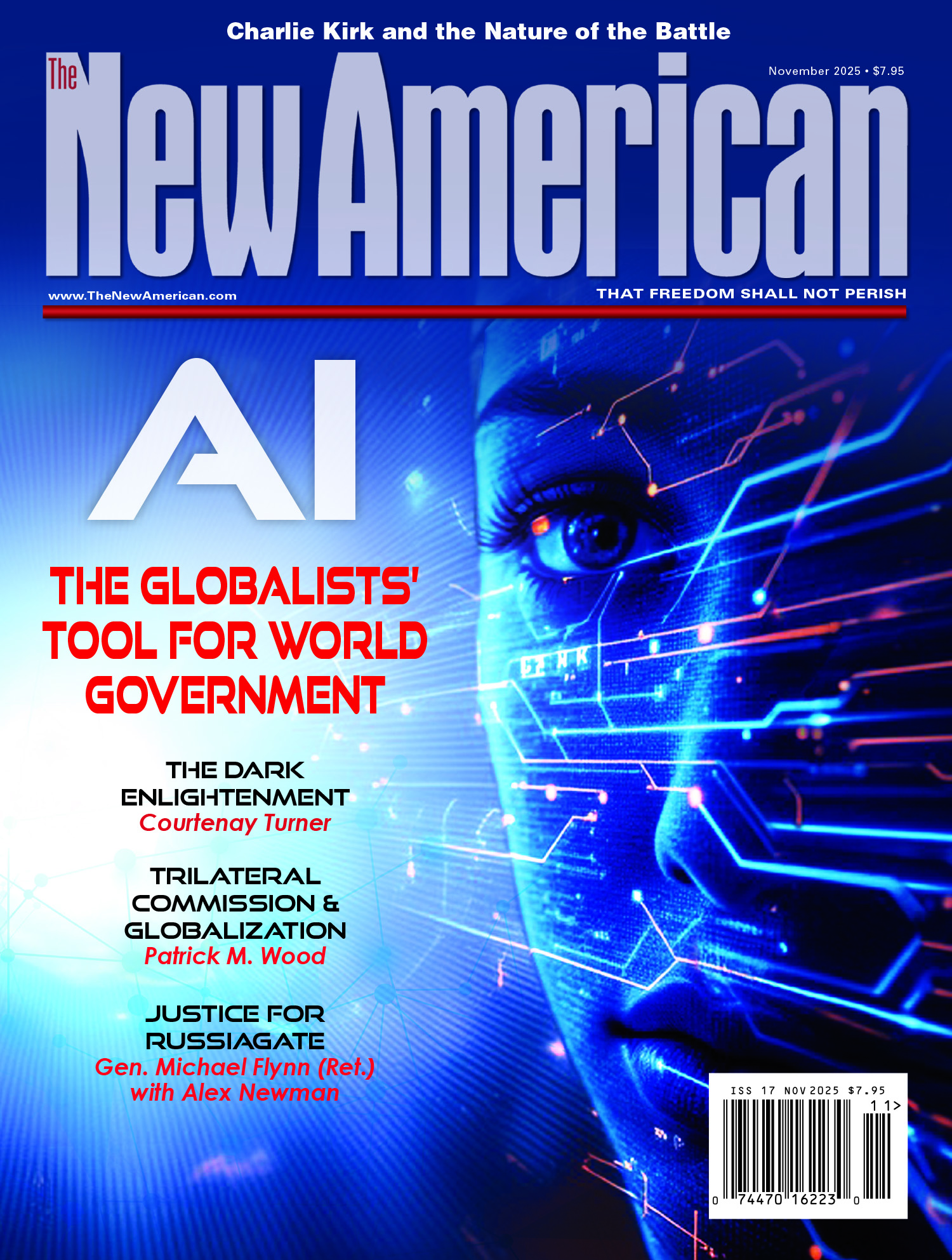by C. Herbert Joiner
Reprinted with permission from THE NEW AMERICAN, July 14, 1986
The following is a review of the book The Best Enemy Money Can Buy, by Antony Sutton, State Publishing Company (Liberty House Press), Billings, Montana, 1986, 261 pages, pb.
As for businessmen, I could persuade a capitalist on Friday to bankroll a revolution on Saturday that will bring him a profit on Sunday even though he will be executed on Monday.
— Saul Alinsky, revolutionary
The Soviet revolutionary, V.I. Lenin, phrased it this way:
The Capitalists of the world and their governments, in pursuit of conquest of the Soviet market, will close their eyes to the indicated higher reality and thus will turn into deaf mute blindmen. They will extend credits, which will strengthen for us the Communist Party in their countries, and giving us the materials and technology we lack, they will restore our military industry, indispensable for our future victorious attacks on our suppliers. In other words, they will labor for the preparation for their own suicide. [Emphasis ours.]
This statement, quoted on page one of Antony Sutton’s brilliant new book, describes those in key positions in both business and government who are vitally interested in concealing information about the nature and results of their exports to the Soviet Union and its satellites. In the past these individuals and firms could publicly claim ignorance of the use to which the Soviets put imported Western technology. Professor Sutton states: “It is not a good claim, but it was made. From the 1970s on, ignorance of end-use is not a valid claim. The evidence is clear, overwhelming and readily available: The Soviets have used American technology to kill Americans and their allies.”
The Best Enemy Money Can Buy is the 14th book by Antony Sutton, former Research Fellow with the Hoover Institute at Stanford University. His most definitive work, the critically important three-volume series entitled Western Technology and Soviet Economic Development, was published between 1968 and 1973 and totally contradicted public statements by the U.S. government. When Professor Sutton later wrote National Suicide: Military Aid to the SovietUnion, he met immediate hostile reaction from certain elements at Hoover Institute. Due to the revealing nature of his research, he suddenly became a non-person, with both his title and name removed from that Institute’s personnel roll. Sutton is quick to note that many others who have spoken out have suffered a similar fate.
Although its files are crammed with information concerning U.S. technical and economic assistance to the Soviet Union, the State Department has a disgraceful record of attempting to black out information with “breathtakingly inaccurate” claims regarding our military assistance. Major documents covering the history of the past 75 years have been buried, and they will remain buried until outraged public opinion puts sufficient pressure on Congress.
Chapter III of The Best Enemy Money Can Buy deals with the role of the “deaf mute blindmen” who are responsible for building the monstrous truck plant that today extends over 36 square miles on the Kama River in the Soviet Union. Among the most prominent DMBs in this endeavor were Secretary of State George P. Shultz, long a proponent of more aid to the Soviets; William J. Casey, former associate of Armand Hammer and now director of the CIA; David Rockefeller, then chairman of Chase Manhattan Bank; and former Rockefeller employee Paul Volcker, now chairman of the Federal Reserve Bank.
Chapters IV and V explain the critical importance to our enemies of semi-conductor and computer technology:
In the 1970s the semiconductor was first mass-produced in California. The economy of the 21st century will evolve around the silicon chip …. No country large or small will make any progress in the late 20th century without an ability to manufacture integrated circuits and associated devices. These are the core of the new industrial revolution …. Every single Soviet weapon system has semi-conductor technology which originated in California and which has been bought, stolen or acquired from the United States.
Later chapters detail Soviet exploits in the air and at sea, with particular emphasis on technology provided to the Soviets by the West allowing them to MIRV their missiles. MIRV capability is the ability to deploy a number of warheads from the same missile. This capability was generously made available to the Soviets by the granting of an export license to the Bryant Chucking Grinder Company of Springfield, Vermont for shipment of their sophisticated equipment.
Regarding Soviet prowess as sea, consider the following statement by Secretary of the Navy John Lehman to the graduating class at Annapolis in 1983: “Within weeks many of you will be looking across just hundreds of feet of water at some of the most modern technology ever invented in America. Unfortunately, it is on Soviet ships.”
Sutton concludes:
[I]f “aid and comfort” to any enemy is treason, then the deaf mute blindmen are guilty of treason. We now have the formidable task of bringing these gentlemen to the bar of justice to publicly answer for their private and concealed actions.
The Best Enemy Money Can Buy is surely one of the most crucially important, readable, and useful works in this area to come along in years.


